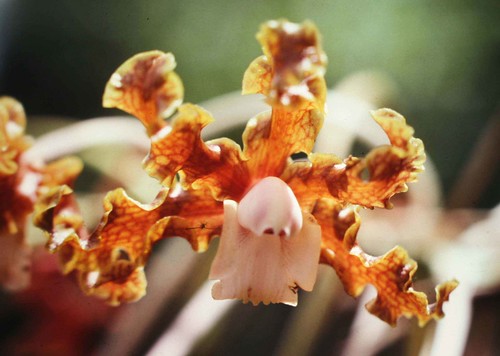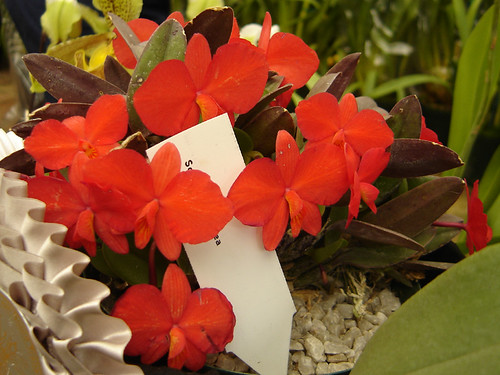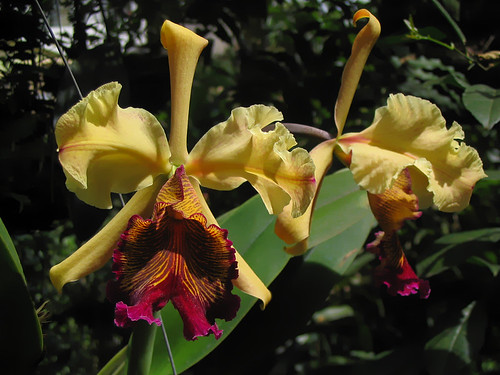
This small-flowered species is rare in cultivation and a compact grower. This species is also known as Albert's Epidendrum and is found growing in Costa Rica south to Ecuador. Epidendrum albertii grows from 500 to 1500 meters in elevation on rocks near humid streams or on trees in wet forests.
Epidendrum albertii has flattened, cane-like stems that are covered in many leafy sheaths. Leaves are green on top and reddish on the underside. The flowers of Epidendrum albertii are small and produced on a short flower stem. Most plants produce one flower per stem. Blooms in the fall.
Provide warm or intermediate growing temperatures and bright light. Mount Epidendrum albertii on a cork or tree fern mount and provide regular water and misting. Fertilize evenly throughout the year. This species likes heat and humidity.




